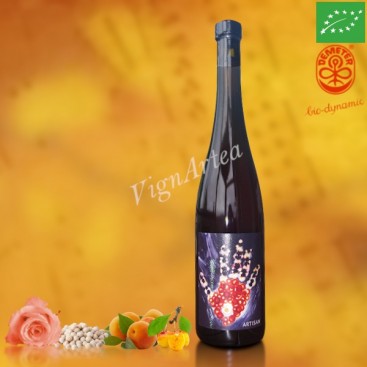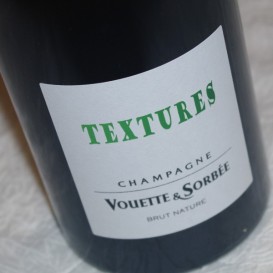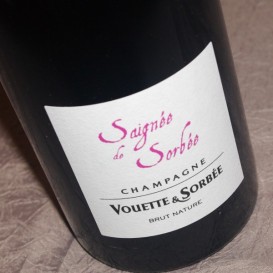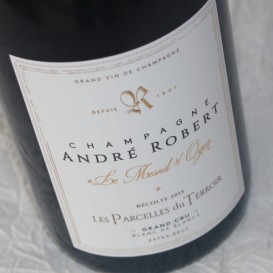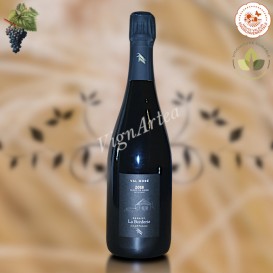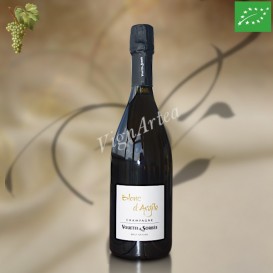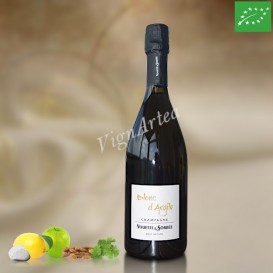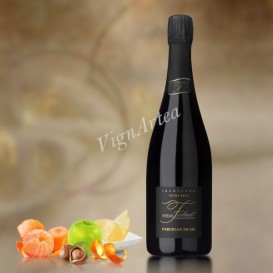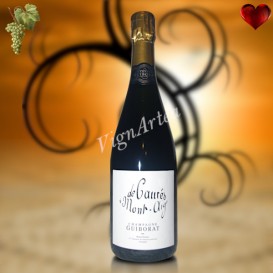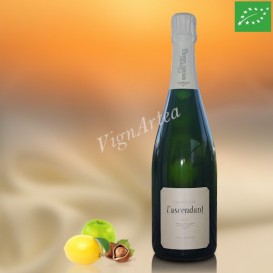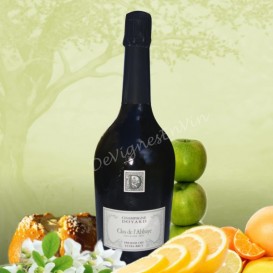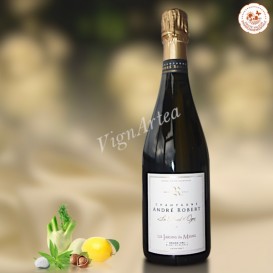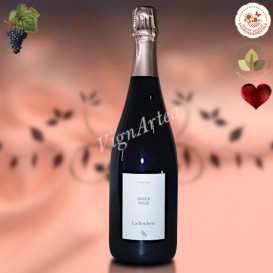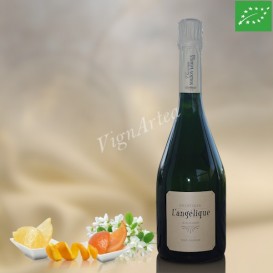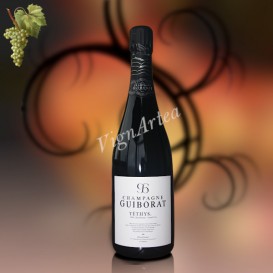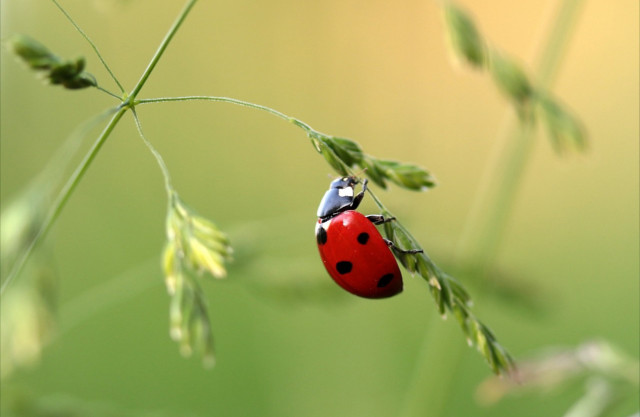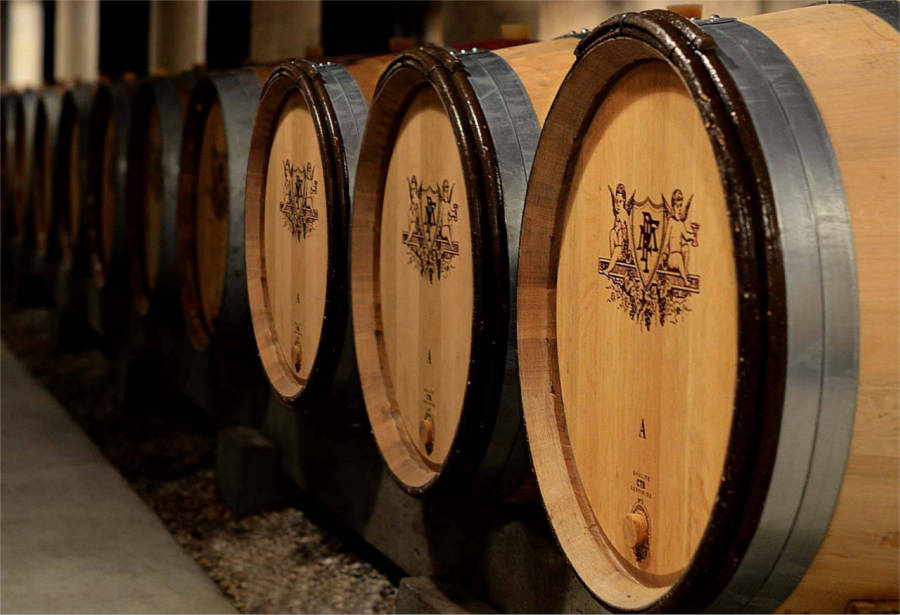ARTISAN 2020 (Vignoble du Rêveur)
ALSACE - AOP ALSACE - ORANGE WINE
Grape varieties: Pinot Gris (60%) - Gewürztraminer (40%)
Biodynamics Native yeasts
Carbonic maceration No added sulphites
- Color: clear. Salmon color.
- Nose: intense and fruity. Aromas of rose, mirabelle plum and apricot with a touch of spice.
- Palate: tonic and tasty.
- Tasting date: July 2022
- OUR OPINION: Always so beautiful, I love it! Not a single flaw for this wine made without any added sulphites: it is invigorating and intense, it's delicious. For lovers of maceration wines or those who are ready to think outside the box.
TERROIR
The Vignoble du Rêveur is a grape varieties complantation located in the heart of the Rhine plaine. The soil consists of a thick layer of recent alluvium dating from the Würmien, one of the last ice ages that the Earth experienced, between -130,000 and -10,000 years.
It covers a substrate whose different geological layers were mainly formed at the beginning of the Oligocene (-33 to -28 million years ago), when significant tectonic distensions caused the Rhine rift collapse and a marine invasion at the origin of the potassium deposits located in the south of Colmar.
The Pliocene (-6 to -2 million years ago) saw the region marked by a new disruption caused by the increased height of the rift edges which will this time allow the Rhine to penetrate there while favoring important fluvial deposits.
The Würmian glaciations will cover these important Oligocene and Pliocene sedimentary layers with coarse debris, and tectonic movements will accentuate the Rhine rift subsidence with a sedimentary layers stacking.
WINEGROWING & WINEMAKING
Two grape varieties make up the ARTISAN cuvée : the pinot gris and the gewürztraminer. Both also are part of the UN INSTANT SUR TERRE cuvée's composition, but what differentiates the wines are the containers and the vinification methods.
Indeed, if both are orange wines, that is to say maceration wines, the UN INSTANT SUR TERRE cuvée is vinified in amphorae while the ARTISAN cuvée is vinified in stainless steel vats and by carbonic maceration.
Comparing the two wines allows you to have a precise idea of the influence of the containers and the vinification methods.
The vines are cultivated in accordance with the biodynamics principles from the start. The Vignoble du Rêveur plots never received any chemical treatment, and will not experience any.
The grapes are harvested manually and vinified separately.
The whole bunches are placed in stainless steel tanks saturated with CO2 to carry out a carbonic maceration ; this method makes it possible to trigger an intracellular fermentation instead of a yeast fermentation : without oxygen, the grapes adopt an anaerobic metabolism and consume their sugar to produce energy while rejecting ethanol and CO2. The maceration lasts about 10 days, beyond that the intracellular fermentation stops by itself, the grape not having the capacity to withstand high levels of ethanol.
Once the intracellular fermentation is complete, the grapes are pressed and transferred to stainless steel vats to complete the alcoholic yeast fermentation with the native yeasts, followed by the malolactic fermentation. The must is then aged on its fine lees for one year.
After the aging phase, the must is drawn off and then bottled without filtration or any sulphites addition.
- SO2 : 14 mg/l
- Residual Sugar : 0 g/l
SPECIFIC INFORMATION
ARTISAN is a skin contact wine bottled without filtration. It may therefore show a slight cloudiness in the glass, and should not be exposed to heat but kept in a cool cellar.
| Country | Alsace |
| Color | White |
| Orange wines | Yes |
| Clay amphorae wines | No |
| Type | Dry |
| Vintage | 2020 |
| Capacity | 75 cl |
| Variety | Pinot Gris (60%), Gewürztraminer (40%) |
| Main Grape Variety(ies) | Pinot gris |
| Alcohol rate | 14,5 % |
| Quality Designation | Alsace |
| Cellar Potential | 8 years. |
| Service advise | 12°C (54-57°F). |
| Culture Methods | Biodynamic |
| Total SO2 | 14 mg/l |
| No added sulphits | Yes |
| Fining | No |
| Filtering | No |
| Comments | Carbonic maceration for 10 days in stainless steel tanks ♦ Lees ageing for 1 year instainless steel tanks ♦ No filtration nor suphites addition at bottling. |
| Stopper | Glass |

